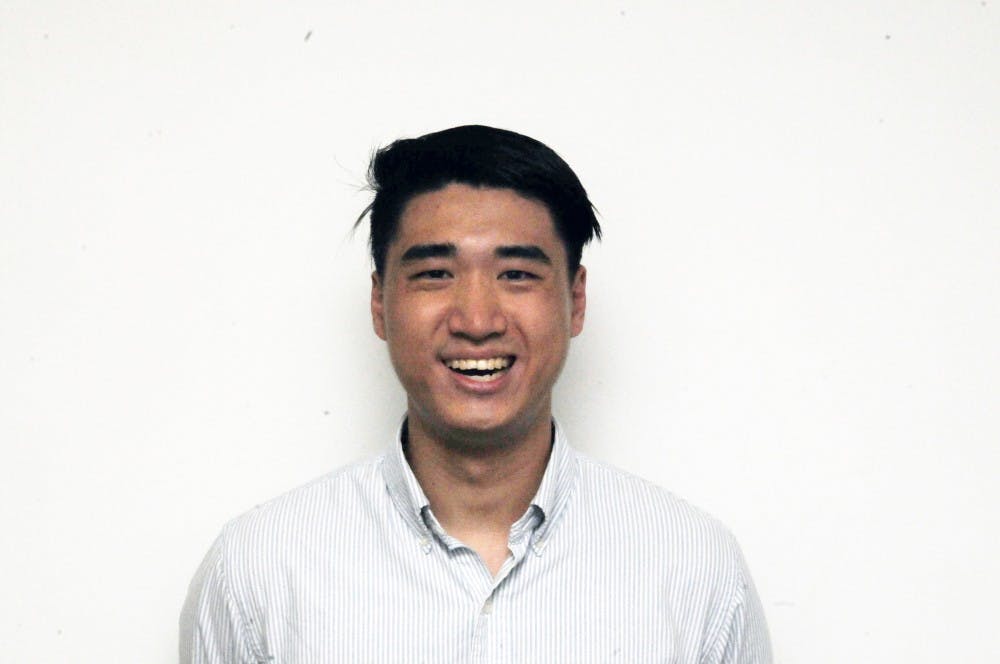When the Supreme Court ruled affirmative action constitutional earlier this year, it did so based partly on the long-held belief that there exist “education benefits that flow from diversity.” Even people who oppose affirmative action as a policy generally agree with this premise. The argument goes that a university ought to be a dynamic marketplace of ideas in which different people encounter different opinions, which is only possible if people have different backgrounds.
In a sense, Penn is wonderfully diverse. The student body is composed of everyone from tri-state prep school products to kids who have never been to the United States before. There are kids of every socioeconomic background. Academically, students study a wide variety of disciplines ranging from biochemistry to theater arts. In most definitions of the word, diversity has been achieved.
However, it seems to me that most people are too content to point to sufficiently cut pie graphs and do not think about the actual effects diversity has on the Penn community. Does having diversity by itself enhance the learning environment?
It’s no secret that Penn is awfully self-segregating. Some of this is natural human tendency. We tend to flock to those with similar interests, values and backgrounds. I’ve fallen prey to this instinct myself. After all, for a school of Penn’s size, it’s virtually impossible for there to be a single “community.” Moreover, this is certainly not a phenomenon exclusive to Penn or universities.
Yet, it’s troubling that self-segregation happens so systematically. At Penn, the social scene is based around greek life and similar cultural groups, which serves to create niches based on race, class and backgrounds that don’t interact with each other in a meaningful way. For instance, Du Bois College House is a strange idea that complicates the already-difficult race relations at Penn, even if it arises from good intentions.
Aside from classes — most of which are lecture-based, with little to no interaction among students — there is no setting in which students are exposed to ideas and people that they’re not familiar with. In short, having the third-generation Andover product from Greenwich and the first-generation college student from rural Mississippi in one school is only meaningful if they are allowed the opportunity to learn from each other, to be forced to encounter each other’s world view.
Obviously there’s no perfect solution out there. What’s Penn going to do? Lock up random groups of students in a single room and make them tell their life stories to each other? Rather than propose one, I urge everyone to acknowledge that being a part of a diverse community doesn’t automatically make us any more worldly. We need to make an effort to engage with things unfamiliar to us, and this can only happen if we consider the role of diversity in our own community more deeply. By actually engaging with people who are different than us as opposed to just knowing of their existence, we can learn empathy.
In a year in which the two major presidential candidates routinely showed themselves to be unable to relate to the lives of their voters, when race relations worsened to the point of senseless deaths, when our worst fears and doubts about each other began to creep up in public opinion, it is more important than ever to learn the value of empathy. In July, former president George W. Bush said at a memorial for fallen police officers, “Too often, we judge other groups by their worst examples, while judging ourselves by our best intention.”
At the root of this tendency lies the dangerous thought that we are inherently different from each other, and that these differences define who we are. Perhaps an even more dangerous tendency is to give up on trying to understand each other, to retreat to our familiar corners and disconnect from the rest of the world. Robert Frost wrote of a stubborn neighbor, “He only says, ‘Good fences make good neighbors.’ / ... Why do they make good neighbors? Isn’t it / Where there are cows? / But here there are no cows.” Surely there are better ways to spend our four years than building fences, too far from the other side to hear anything but the mooing.
The Daily Pennsylvanian is an independent, student-run newspaper. Please consider making a donation to support the coverage that shapes the University. Your generosity ensures a future of strong journalism at Penn.
Donate







